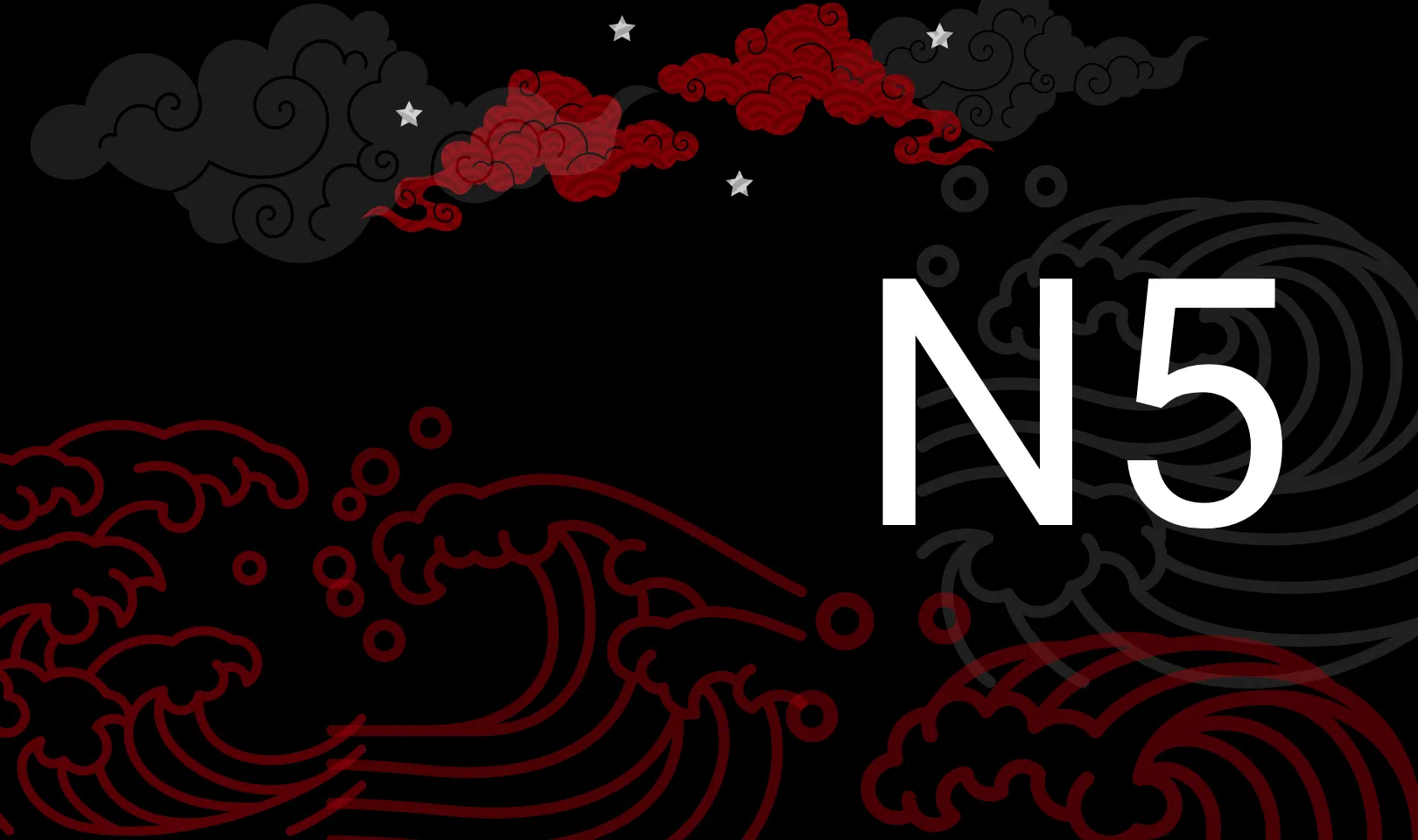Japanese Level N5 – what does it cover?

Japanese is not one of the easiest languages to learn. It is difficult and demands your time and efforts as learners. N5 is the most basic level. Though, it’s the introduction to the language, yet it has a lot to offer. It briefly includes introducing the scripts hiragana, katakana and kanji and gradually leads to simple grammar that further leads to a little complex grammar. Here is an explanation regarding what sort of grammar topics do they cover in this level.
Topics of Japanese N5 level –
1. Self introduction and greetings in Japanese
Once you start recognizing the alphabets, learning greetings becomes a little easy and is a good way to practice the reading of alphabets. The language has many phrases, for instance the self introduction starts with a set phrase and ends with a set phrase, there’s a phrase used by them before a meal and one after the meal.
2. The beginning of forever
Grammar: The simplest particles and the verb ‘wa’ are a major part in the first few chapters. Particles are sometimes adverbs or prepositions used in a sentence to give precise information. In the beginning you learn about the adverbs and prepositions like also, this, that, here, there and of.
3. Questions and answers
with other verbs and actions. This allows you to gradually indulge yourself in the actual grammar, at this point you are able to talk about your routine and the place you go to , the place you come to and return from.
4. Adjectives and their types
Yes there are two types of adjectives based on their endings, na and i adjectives. You will learn here the use of it in a sentence and changes made with respect to its type.
5. The counters
one apple and four bananas. The basic counters in English are the same for everything but these in Japanese are not as easy as any other language. So for example, one paper is called (Ichimai no kami), one car is called (Ichi-dai no kuruma), one apple is called (Hitotsu no ringo), one television is called (Ichidai no terebi), one cat is called (Itsupiki no neko) and one building is called (Hitotsu no tatemono), Did you observe the change? For everything there’s a different counter. Interesting, isn’t it? (It’s a pain to remember them though).
6. Being able to locate the things
with precise information about their places using prepositions like on, in, between, above, below and so on. Not just things you can talk about places and people too. For example, the Supermarket is beside the Bank. Mr.Tanaka is in the office.
7. Talking about your preference
Likes, dislikes and hobbies. Here you can also talk about what you are good at and bad at. By this point you can definitely say, that you are good at Japanese 😉
8. The use of modal auxiliary
and being able to make sentences and questions using them is also included and covers a major portion of N5 grammar. what you can, you cannot, want, should, should not, must and must not do.
9. Learning the verbs
as they are is one thing, the original form is also called the infinitive form or the root form. You must also learn the various forms of the verb. we conjugate it and change its form according to the tenses and negative or positive Sentences.
10. Negation
in general is a huge topic in the Japanese language, as there is no standard word like ,no’ or ,not’ to negate the sentence. The rules are quite different to negate a verb, a noun and an adjective. You learn all of them.
11. Adjectives
They are really not enough to describe things, so here we learn, using verbs as adjectives in both present and past form is covered in this level. It helps you talk precisely about a matter. The increasing popularity of manga and anime, The rolled sushi, The widening interest of people in Japan and Japanese are some examples of using a verb as a noun.
12. Some basic conjunctions
will also be included like, but, and, or, because, when, even if.
Is it just the basics? Not really It’s like a whole new adventure!!!! Along with hiragana, katakana and kanji and grammar
A concrete base for the building skyscraper of your dreams to make a career in Japanese.
Lingothoughts helps you go through this beautiful journey by providing a perfect course, that covers not just the entire syllabus, right from the beginning till the end but also helps you with the exam preparation, tips to solve the test, assistance with corrections and guidance.
To know more about it click here: https://www.lingothoughts.com/learn-japanese-language.html
Our other Reads,


